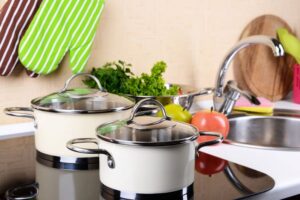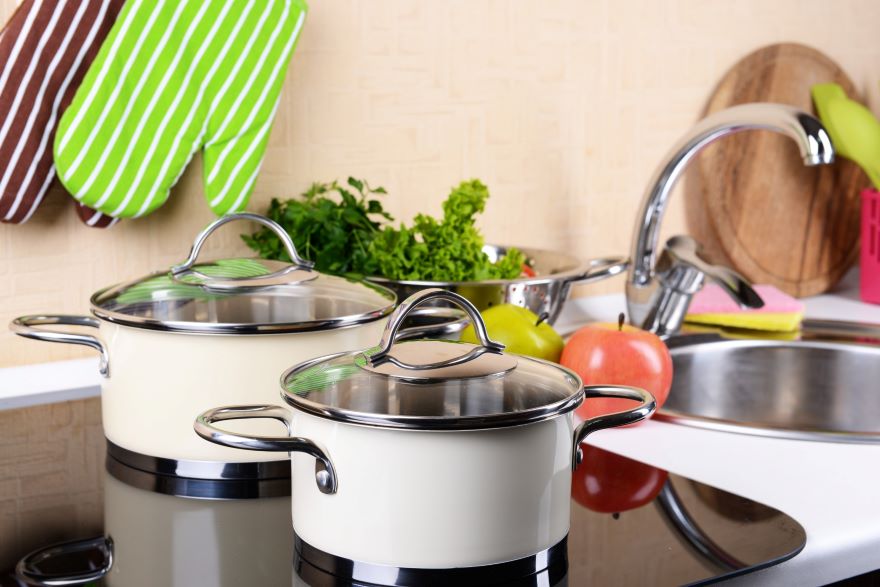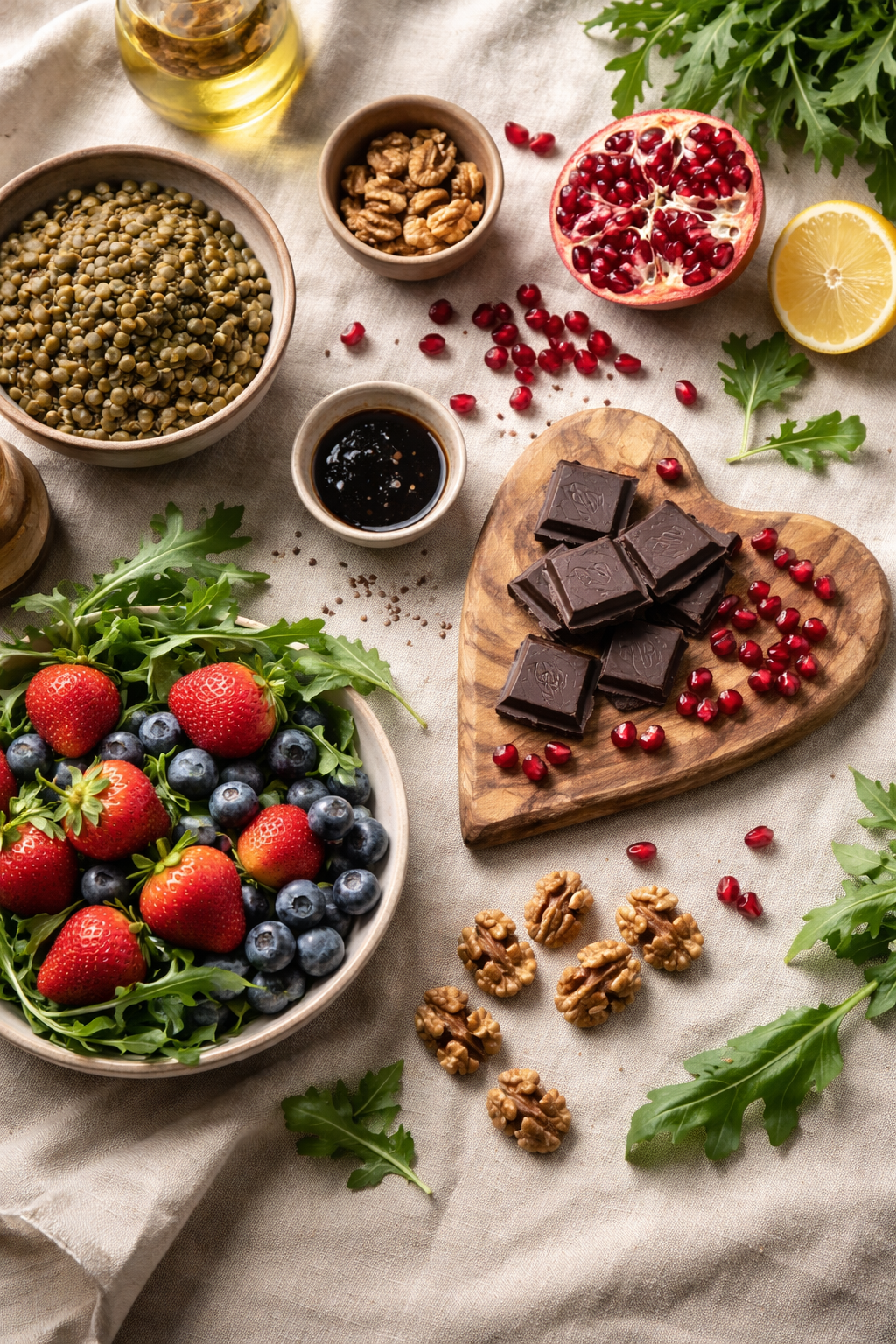Saucepans are an essential tool in any kitchen, crucial for tasks ranging from simmering soups to boiling pasta, or creating the perfect sauce. The right saucepan does more than just heat up; it can affect the flavor and texture of the food, prevent sticking and burning, and even impact nutritional content. Given this central role, the material and quality of saucepans are paramount. Some prefer stainless steel for its durability and even heating, while others might choose non-stick for convenience, or copper for superior heat conductivity.
When looking to buy a saucepan, construction and material aren’t the only factors to consider. Size and weight also affect usability and storage – a heavy saucepan might retain heat better but can be cumbersome. A saucepan’s handle should be comfortable and stay cool to the touch, while the lid should fit snugly to retain moisture and heat. Compatibility with various stovetops, including induction, as well as oven safety, are practical considerations that should not be overlooked.
We have dedicated hours to researching, analyzing, and hands-on testing a wide selection of saucepans to determine which ones perform best across a variety of everyday cooking scenarios. Our recommendations aim to provide you with reliable cookware that meets the diverse needs of home chefs, ensuring efficiency, durability, and culinary success.
Top Picks for Quality Saucepans
After rigorous testing and thorough reviews, we have curated a list of saucepans that stand out for their quality, durability, and performance. Our selection guarantees a match for a variety of cooking needs, whether you’re simmering sauces or preparing grains. Rest assured that our recommendations reflect our commitment to helping you make the best choice for your kitchen.
Utopia Kitchen Saucepan Set

Should you consider investing in the Utopia Kitchen Saucepan Set? Absolutely, if you’re looking for a versatile, user-friendly cookware set that can handle most of your stovetop tasks.
Pros
- Non-stick coating makes for effortless food release and cleanup
- Induction compatibility with the 2-quart pan provides cooking versatility
- Bakelite handles stay cool to the touch for safe handling
Cons
- 1-quart pan is not suitable for induction cooktops
- Hand wash only; not dishwasher safe to maintain the non-stick coating
- Lids may not always fit perfectly, based on some user experiences
Our first impression of these pots was how handy they felt—the weight was just right, not too heavy and certainly not flimsy. Upon using the 2-quart pan on our induction stove, it heated up evenly. We noticed no hot spots when simmering a batch of bechamel—the sauce cooked perfectly smooth.
Switching to the 1-quart pan on a traditional stove, it proved ideal for smaller tasks, like melting butter or reheating soups. The non-stick interior was as good as advertised; our oatmeal slid right off without leaving a trace, and washing up was a breeze.
Finally, we appreciated the touch of the cool handles, which made moving the pans around a safe task, even when the contents were piping hot. The glass lids, though a bit wobbly on occasion, did their job of sealing in flavors and allowing us to peek without lifting the lid.
Cuisinart Chef’s Classic 1-Quart

We believe this Cuisinart saucepan stands out for its exceptional quality and durability, especially suited for individuals or small servings.
Pros
- Even heat distribution eliminates hot spots
- Durable stainless steel that’s easy to clean and maintain
- Cool grip handle ensures safety and comfort while cooking
Cons
- Does not have a glass lid for visibility
- May require some adjustment for those used to nonstick surfaces
- Heavier than some other small saucepans
Cooking with the Cuisinart Chef’s Classic saucepan just today, we appreciated how quickly it heated the soup without creating any hot spots, thanks to the aluminum encapsulated base. It felt reassuring to hold the sturdy handle that stayed cool, avoiding any hand burns, and the mirror finish did indeed bring an elegant touch to our kitchen space.
After simmering a delicate sauce, we noticed the pour was indeed drip-free, and the inner measurement markings proved handy for precise cooking – no need for extra measuring cups. Its stainless steel construction didn’t harbor any flavors from previous meals, making it an excellent choice for those who appreciate a clean taste every time.
When it came time to clean up, the dishwasher did its job without any fuss. The saucepan emerged looking just as sophisticated as when we first pulled it out of the box. Even though there was an initial moment of disappointment realizing the lid wasn’t glass, its solid build and snug fit won us over by locking in flavor effectively.
Michelangelo Saucepan Set

We think you’ll love these saucepans for their remarkable nonstick performance and even heating, perfect for a variety of kitchen tasks.
Pros
- Exceptional nonstick surface
- Rapid, even heating capability
- Comfortable, sturdy handles
Cons
- Lid quality could be improved
- Only oven-safe up to 350 ℉
- May not be the lightest option
Cooking with the Michelangelo saucepan set has significantly improved our meal-prep times thanks to the ultra nonstick granite coating. We’ve noticed that foods slide right off, making both cooking and cleanups a breeze. Their ability to heat quickly and evenly means we haven’t encountered any hot spots that could ruin a delicate sauce or oatmeal. We’ve experienced an upgraded level of ease and safety while handling these pans due to their strong, double-riveted handles.
During our testing, we’ve appreciated how versatile this set is. From simmering marinara to boiling pasta and cooking grains, these pans have met all our kitchen needs. We’ve even popped them into the oven for some recipes, but it’s worth noting they’re only safe up to 350 ℉, so they may not suit every oven recipe. While the overall build feels durable, we did notice that the lids could be more robust to better match the quality of the pans.
Despite being slightly heftier than some other pots we’ve used, the Michelangelo saucepans are a pleasure to cook with. Their non-toxic feature gives us peace of mind, knowing we’re not introducing harmful chemicals into our food. To anyone looking for a reliable nonstick saucepan set that considerably reduces the hassle in the kitchen, we would recommend giving these a try.
Utopia Kitchen Saucepans

We think these saucepans are a fantastic investment for their durability and versatile use in the kitchen.
Pros
- Optimal for diverse cooking styles with one induction-ready pan and another for traditional stovetops.
- The sturdy build and non-stick interior make both cooking and cleanup a breeze.
- Heat-resistant paint and handles add to the quality and safety during use.
Cons
- The 1-quart pan isn’t suitable for induction hobs, limiting its use.
- Depending on usage, the exterior may be susceptible to wear over time.
- Some units may have fitting issues with the lids, as noted by a few customers.
Cooking with the Utopia Kitchen Saucepans feels quite intuitive. The weight is reassuring, indicative of their solid construction, and they don’t exhibit the flimsiness some other sets do. The heat distribution appears even, making temperature control predictable, which is key for tasks like simmering and reducing sauces.
The non-stick quality is a standout feature. Whether preparing sticky sauces or foods that typically cling, these pans performed without the annoyance of a difficult cleanup. The bakelite handles do not conduct heat, making it easy to maneuver the pans even when contents are sizzling.
While the 2-quart pan’s compatibility with induction cooktops adds flexibility, it’s worth noting the smaller pan doesn’t share this feature. This limitation hasn’t hampered our cooking, but it’s worth considering if you exclusively use induction cooking. Despite that, Utopia’s set has proven to be a reliable addition to our kitchen arsenal, delivering consistent results across various dishes.
Caraway Marigold Sauce Pan

If you’re in the market for a reliable, non-toxic saucepan that brightens the kitchen, we think this Caraway piece could be your new go-to.
Pros
- Effortlessly non-stick, reducing the need for oil
- Cleans with ease, making post-cooking cleanup a breeze
- Free from harmful chemicals, ensuring safe use
Cons
- Higher price point compared to others
- Overheating might cause damage to the non-stick coating
- Limited to three-quart capacity, which may not suffice for large meals
During our time with the Caraway Sauce Pan, we noticed how it made cooking risotto a delight. The pan heated quickly and evenly, ensuring that each grain of rice was perfectly cooked without any sticking. Its glossy marigold finish stood out in our collection, adding a splash of color to our kitchen decor.
Cooking with less oil is a priority for us, and this pan excelled in that aspect. We found the naturally non-stick surface lived up to the promise, letting us flip the food effortlessly and serving directly from pan to plate without a hitch.
After simmering a hearty tomato sauce, we were pleased to find that cleanup was as simple as a quick rinse and wipe down. The pan looked untouched after repeated use, maintaining its smooth interior without a trace of our robust sauce.
Usability extends beyond the stove top, too, as we transferred the pan into the oven to finish off a casserole without worrying about safety, thanks to its oven-safe certification up to 550ºF. We appreciate versatility in cookware; hence, this feature solidified our positive impression of the Caraway Sauce Pan.
Buying Guide
When shopping for new saucepans, we need to focus on key features that ensure quality and longevity. Below, you’ll find key aspects to consider before making a purchase.
Material
We recommend looking at the saucepan’s material, as it affects both the performance and durability.
- Stainless Steel: Ideal for versatility and resistance to rust.
- Aluminum: Provides excellent heat conductivity.
- Copper: Offers precise temperature control, but requires more maintenance.
- Cast Iron: Retains heat well but is heavier and needs seasoning.
Size and Capacity
Choosing the right size is essential for our cooking needs. Sizes commonly range from 1 quart to over 4 quarts. We should consider both the diameter and depth.
| Size (Quarts) | Diameter ( Inches) | Depth (Inches) |
|---|---|---|
| 1-2 | 6-8 | 2-4 |
| 2-3 | 8-10 | 3-5 |
| 3-4 | 10-12 | 4-6 |
Handle and Lid
- Handle: Make sure the handle is sturdy and provides a comfortable grip. It should be heat-resistant and ideally riveted for stability.
- Lid: We prefer lids to be tight-fitting to retain moisture and preferably made of tempered glass to monitor cooking progress.
Compatibility with Heat Sources
It is important that the saucepan is compatible with our stove type. Options include:
- Gas Stove: Most materials are suitable.
- Electric Stove: Requires flat-bottomed pans.
- Induction Stove: Must have a magnetic base like iron or steel.
Ease of Cleaning
We should look for saucepans that are easy to clean. Dishwasher-safe options can save us time, but some materials might need hand washing to prolong their life.
In summary, considering the material, size, handle and lid quality, compatibility with our heat source, and ease of cleaning will guide us to the best choice for our kitchens.
Frequently Asked Questions
When selecting the best saucepans, we know it’s essential to consider durability and performance as well as the cooking experience they provide. Here, we answer the most common questions to help you make an informed decision.
What should I look for when choosing a saucepan for durability and performance?
We recommend looking for saucepans with a thick base that ensures even heat distribution. Also, choose ones made from materials like stainless steel, which resist warping over time. Saucepans with solid, riveted handles and tight-fitting lids also tend to last longer and perform better.
Which materials are best for saucepans that enhance the cooking experience?
For enhanced cooking, we advise choosing saucepans made from either stainless steel, which is durable and good for searing; copper, which excels at quick heating and cooling; or anodized aluminum, which provides even heat and is relatively lightweight for easy handling.
How do professional chefs select their saucepans for various culinary tasks?
Professional chefs often prefer saucepans with heavy-duty construction and excellent heat conduction. They often opt for multi-layered materials such as stainless-clad or fully-clad designs that combine durability with responsive temperature control for precision cooking.
Can you suggest a saucepan that delivers excellent non-stick capabilities?
We suggest investing in a saucepan with a reputable non-stick coating, such as PTFE or ceramic. These coatings not only reduce the need for oil but also make cleanup a breeze. Look for one that promises to be scratch-resistant and can withstand high cooking temperatures.
What characteristics define a high-quality small saucepan for everyday use?
A high-quality small saucepan should have a sturdy handle, a snug-fitting lid, and a non-reactive surface. It should be made of a material that promotes consistent heat distribution, like stainless steel with an aluminum core, suitable for everyday cooking tasks.
What are the advantages of a heavy bottom saucepan in cooking processes?
A heavy bottom saucepan offers several advantages, including reduced risk of burning and sticking. This is due to its ability to retain and distribute heat uniformly. It’s ideal for simmering and slow-cooking, providing optimal temperature control throughout the cooking process.

*We may earn a commission for purchases made using our links. Please see our disclosure to learn more.



